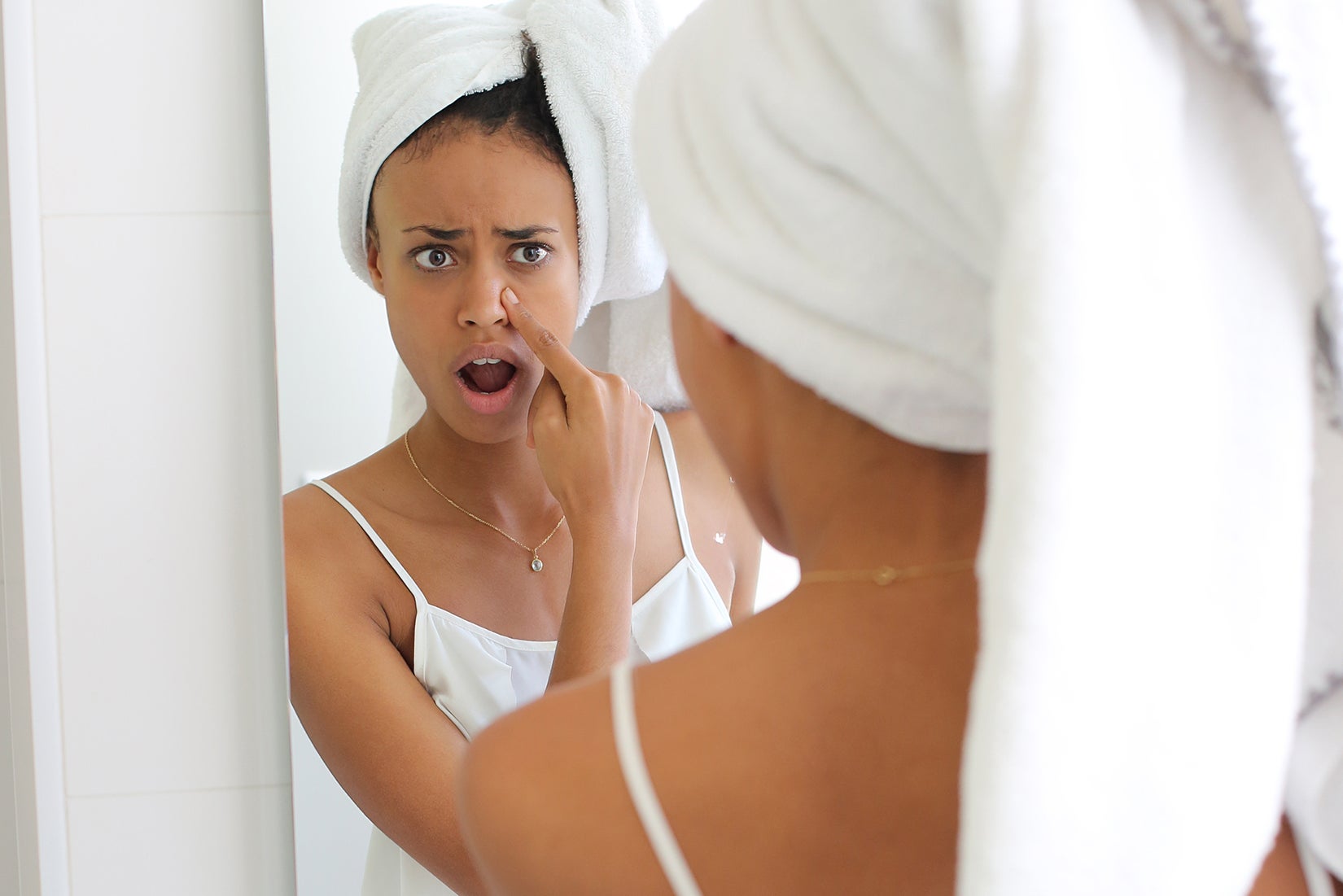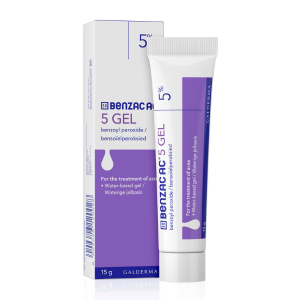What is the Real Causes of Acne?

Acne can be an emotional rollercoaster which affects how you feel about yourself. And to make matters worse, there is so much ‘fake news’ around the causes of acne.
Has anyone ever told you that eating chocolate causes acne?
Don’t stress – it’s not true!
So, what actually causes acne?
One of the main culprits is in fact, bacteria - not make-up or junk food. The other key factors that contribute to causing acne are excess sebum production and blocked hair follicles.
Here’s how it all comes together:
Your skin has pores that connect to oil glands just under the skin. They produce an oily liquid called sebum which carries dead skin cells through the hair follicles to the surface of your skin. Healthy amounts of sebum help to moisturise and form a protective layer on your skin.
When your skin produces too much sebum (e.g. hormonal changes during teen years), this sebum combined with dead skin cells can form a plug inside the pore, resulting in blackheads and pimples. This plug also traps bacteria (called Propionibacterium acnes or P. acnes) in the pore, which multiplies and can lead to inflammation. Eventually, the blocked pore ruptures, spilling bacteria, sebum and dead skin cells onto nearby tissue and creating burst pimples that may be painful .
Here’s how you can treat acne at its source!
Benzoyl peroxide (BPO) is an effective ingredient in treating acne. Acne gels containing BPO are available at your pharmacy without a prescription.
- • Benzoyl peroxide works on the 3 factors that cause acne. It works in your pores so that blockages of sebum and skin cells don’t build up and importantly, kills the bacteria responsible for the acne.
Galderma has developed a great option to treat your acne.
Benzac AC 5 Gel with benzoyl peroxide
• Kills 95% of acne-causing bacteria after just 5 days (when used twice daily)
• Helps reduce inflammation and unclogs blocked pores
Benzac AC 5 Gel works to help clear your skin of unwanted bacteria and excess oil. By getting to the cause of your problem, you can help minimise your acne and its impact.
References
1. Raza K, Talwar V, Setia A, Katare OP. Acne: An understanding of the disease and its impact on life. Int. J. Drug Dev. & Res, 2012, 4 (2):14-20
2. Dreno B. What is new in the pathophysiology of acne, an overview. JEADV 2017, 31 (Suppl. 5), 8–12.
3. Brazier Y, Cobb C. What you need to know about acne. Available from: https://www.medicalnewstoday.com/articles/107146#_noHeaderPrefixedContent Accessed [28 July 2022]
4. Staff of Arundel Dermatology. The top 12 acne myths and why they aren’t true. Available from: https://aadermatology.com/the-top-12-acne-myths/ [Accessed 1 August 2022]
5. Eske J, Patel R. What is sebum? Available from: https://www.medicalnewstoday.com/articles/sebum. Accessed[3 August 2022]
6. Thiboutot DM, Dreno B, Abanmi A, Alexis AF , Araviiskaia E et al. Practical management of acne for clinicians: An international consensus from the Global Alliance to Improve Outcomes in Acne J.Am Acad Dermatol 2018;78:S1-23.
7. Kligman AM. Acne Vulgaris Tricks and Treatments Part II: The Benzoyl Peroxide Saga. Cutis:260
8. Benzac AC 5 Gel professional information approved by the medicines regulatory authority [02 May 2022]

